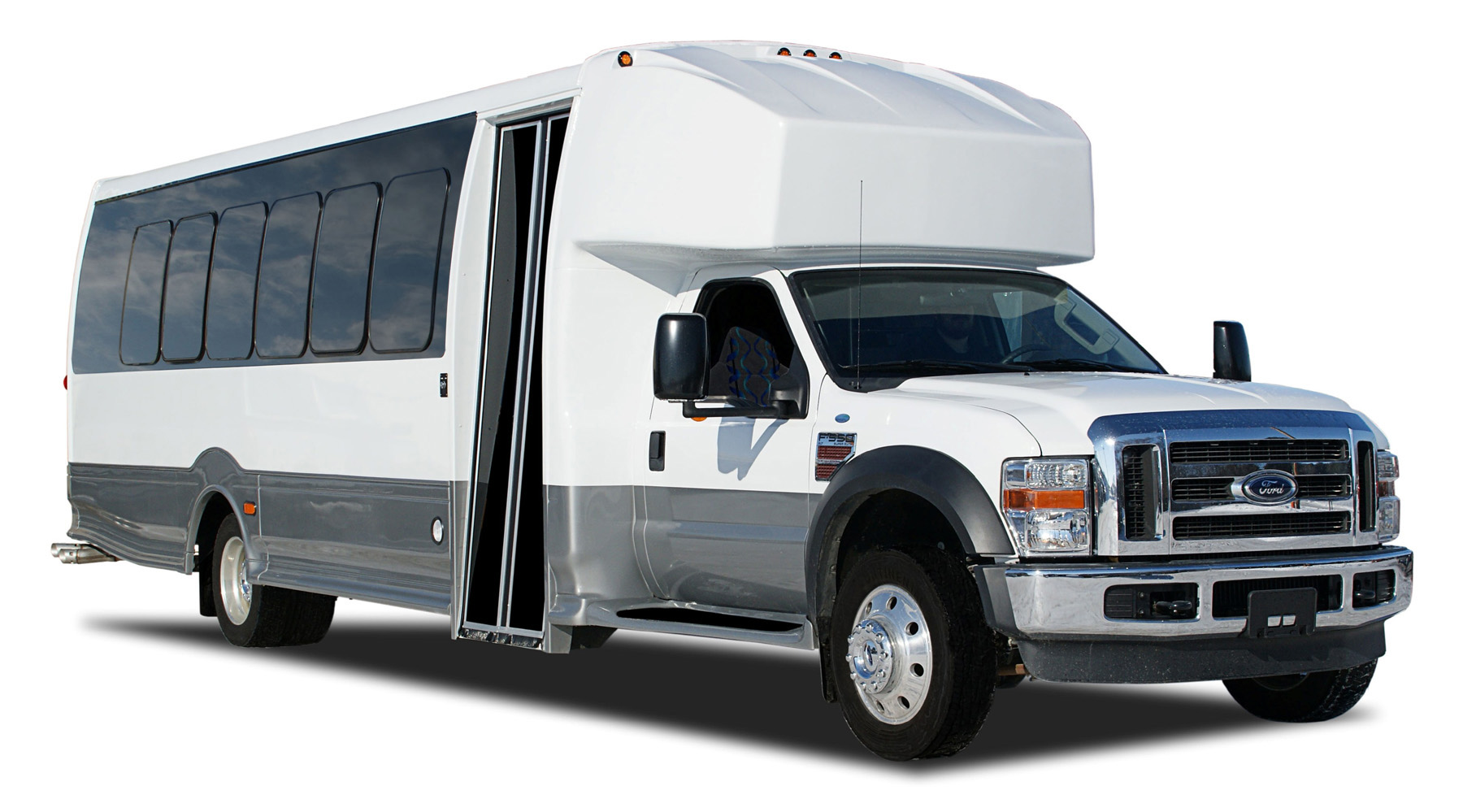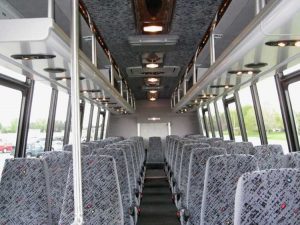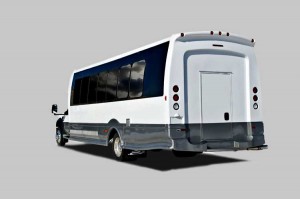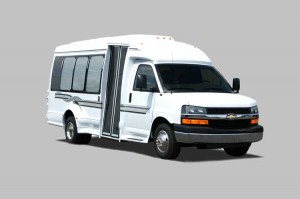
The Turtle Top Odyssey Series signifies forward thinking
By David Hubbard

The unlikely genesis of Turtle Top buses began in the 1920s with the lightning rod company Henry Cripe and his sons established in Goshen, IN. That company continues to manufacture, install and service lightning rods under the name of Independent Protection Company (IPC). Around 40 years into the family business, Henry’s son Earnest hit on the idea of an expandable roof for the company vehicles to give his installers more standing room. He called it a turtle top.
Finding that his higher roof design also made it easier to move freely inside the vehicle, he thought to fit the design into other types of vehicles. Rather fortuitously, the Turtle Top bus company was born. For nearly 15 years Turtle Top targeted the RV market before making the transition into shuttle bus design, which would fall under the direction Richard Cripe, a nephew of Earnest. In short order operators from every transportation niche began seeking out the new vehicles by Turtle Top. The company says its customers run the gamut from churches, colleges, city and county transportation authorities, assisted living centers, medical transport and charter tour companies. This year Turtle Top earned approval as a GSA supplier of prisoner transports and other specialty vehicles.

As a division of the family-owned IPC enterprise, Turtle Top is still in the hands of the descendants of the original owners. Rob Cripe and Phil Tom, a Cripe by marriage, serve as the vice presidents and principals of the company.
Turtle Top produces approximately 1,200 vehicles a year, which it markets through a network of over 35 distributors nationwide. The company services its own vehicles through its distributor network with what it says is the most comprehensive warranty in the bus business. Turtle Top builds from the drive train up on chassis manufacturers that include Ford, Chevrolet and most recently Freightliner with diesel or traditional gas-powered engines.
The assembly process begins with a welded steel roll cage. The floor is mounted on isolation pucks to eliminate road noise and vibration. Turtle Tops says its flooring is the strongest available because of a full perimeter frame encasing steel cross members that will not sag after years of use.
“It harkens back to the days when the Cripes were building RVs,” says Timm Bledsoe, director of sales and marketing. “Turtle Top was building RVs from steel when most were building with wood.”

Bledsoe says the practice stems from IPC’s long history of manipulating copper and aluminum to form its lightning rods and using its own steel foundry. He says the Cripe family took their product very serious when they made the jump to vans and buses.
Today, Turtle Top tests its products both in-house and through independent facilities to ensure they exceed Federal Motor Vehicle Safety Standards (FMVSS), saying no component is immune to its testing. For example, water pressure tests guard against leakage from rain year after year. Seats are tested for durability and the windows must comply with all safety and emergency egress standards.
Turtle Top also builds electric hybrid and alternative fuel vehicles using compressed natural gas (CNG) and propane hybrid with electric and gas-powered engines.
The company says it has the capability to customize the interior of any model to accommodate any niche in the bus market.
“These are not one-size-fits-all vehicles,” says Phil Tom. “We can outfit the interiors to be as sedate or outrageous as the customer chooses. They may offer standard seating or include all the creature comforts limousine customers enjoy, such as flat-screen TVs, wraparound seating and solid-wood bars.”
Turtle Top introduced its larger Odyssey and Odyssey XL several years ago. Both are built on a stiffer and heavier duty cycle truck chassis. The Odyssey XL and XLT shuttle bus are available on the Chevrolet C4500, C5500, Ford F550 and Freightliner FM2 chassis. The Turtle Top Odyssey XLT built on the Freightliner M-2 Business chassis can accommodate up to 47 passengers.

Darryl Rickaway, president of Texas Bus Sales, Houston, TX, sees the Odyssey XLT as the bridge between motorcoach style and comfort and the price consideration of larger cutaway models.
“The Odyssey is not pretending to be a motorcoach,” says Rickaway. “But onboard passengers certainly enjoy a similar feel from the same vantage point of a full size coach sitting in the same style of seats.”
Rickaway says the Odyssey at its price point is especially inviting to livery operators.
“More limo operators see their industry moving toward the markets these midsize vehicles serve so well,” he says. “With the level of luxury the Odyssey XLT can offer, they can create more opportunities for shuttle service and short bus excursions.” BR
s serve so well,” he says. “With the level of luxury the Odyssey XLT can offer, they can create more opportunities for shuttle service and short bus excursions.” BR

I followed your weblog for quite a long time and ought to tell that your content constantly prove to be of a high value and good quality for viewers.